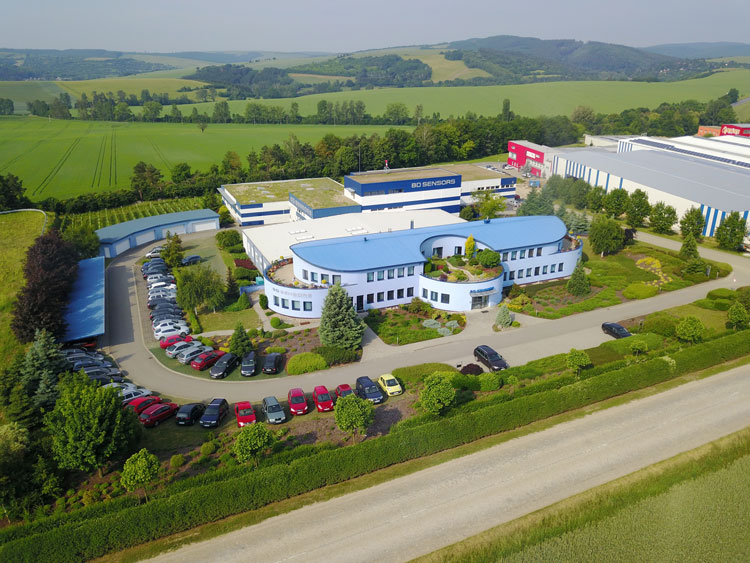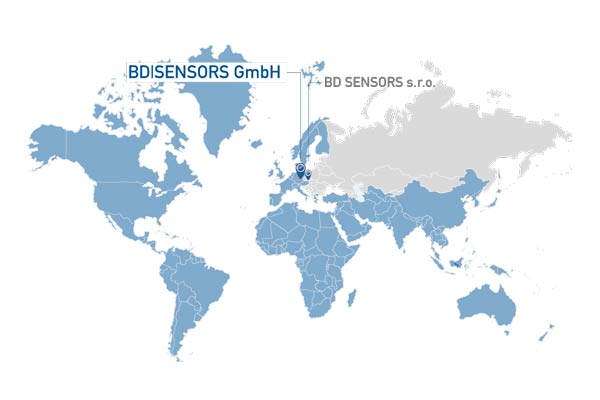They are suitable for dynamic measurement of up to over 100 kHz, pressure ranges up to 8,000 bar and without additional cooling for temperatures up to 400 ° C, and in special models even up to 700 ° C. Here, the resolution is extremely high; for example, at a measuring range of 500 bar, the resolution is 1 mbar. It is possible to measure extremely rapid pressure increases of more than 1,000 bar / μs. In addition, the sensors can be easily integrated into various applications, such as laboratory and test engineering, machine and plant engineering, hydraulics, pumps and turbochargers, medical applications, e.g. for the destruction of kidney stones, and for explosion pressure measurements when testing airbags or rupture discs.
The measuring principle
In piezoelectric pressure sensors, single-crystalline gallium phosphate crystals are placed directly behind the membrane in the sensor. The membrane yeilds to the pressure and thus creates a force which effects the crystal. This reacts linearly with a charge shift, thus an electrical charge on its surface. The charge of the crystal element is then converted into an electrical 0 ... 10 V signal by a charge amplifier or charge converter. This voltage can then be transmitted to a data acquisition system using a standard cable.
![[Translate to englisch:] Piezoelektrische Drucksensoren](/fileadmin/user_upload/Aktuelles/2017/News_2017_Piezoelektrische-DS.jpg)


